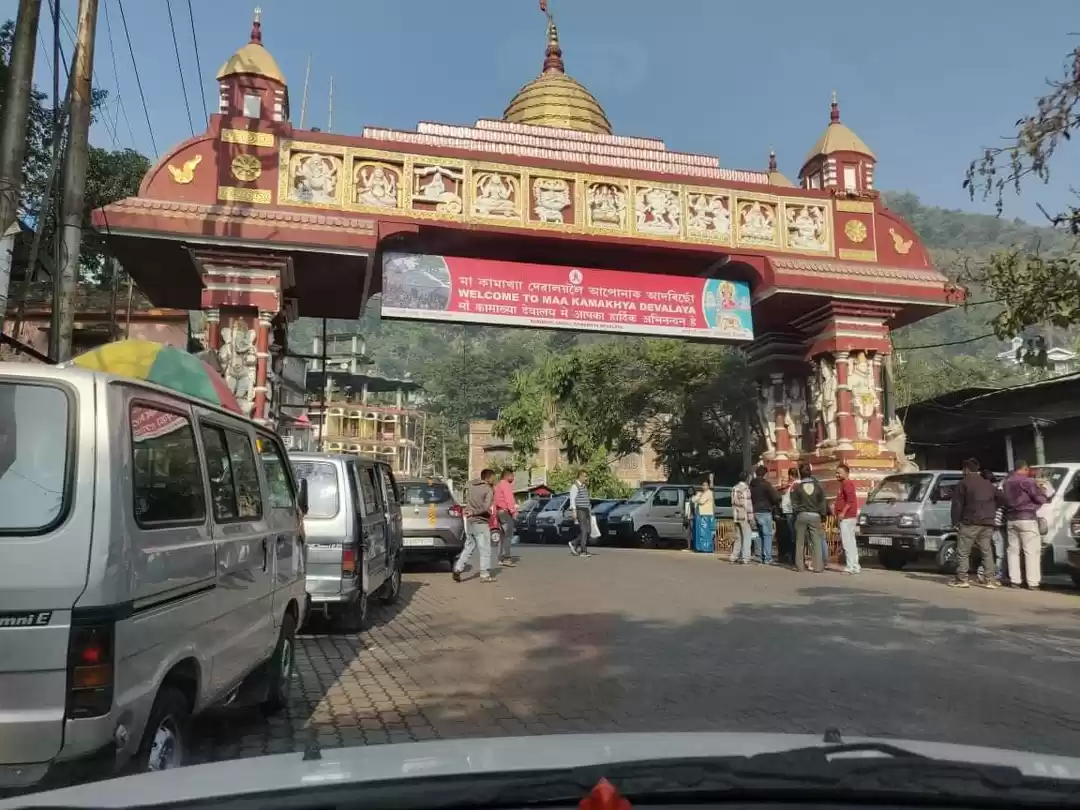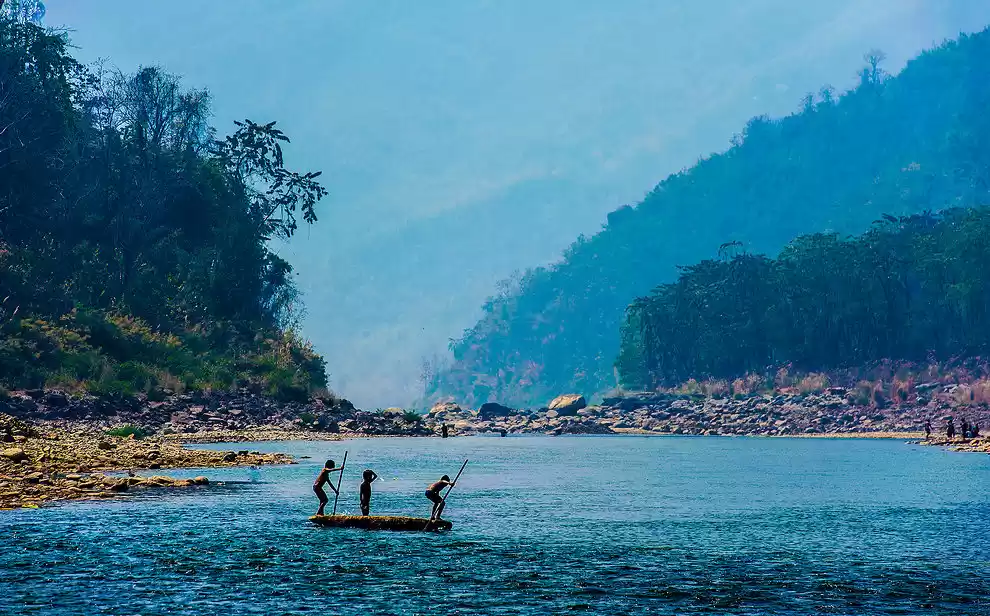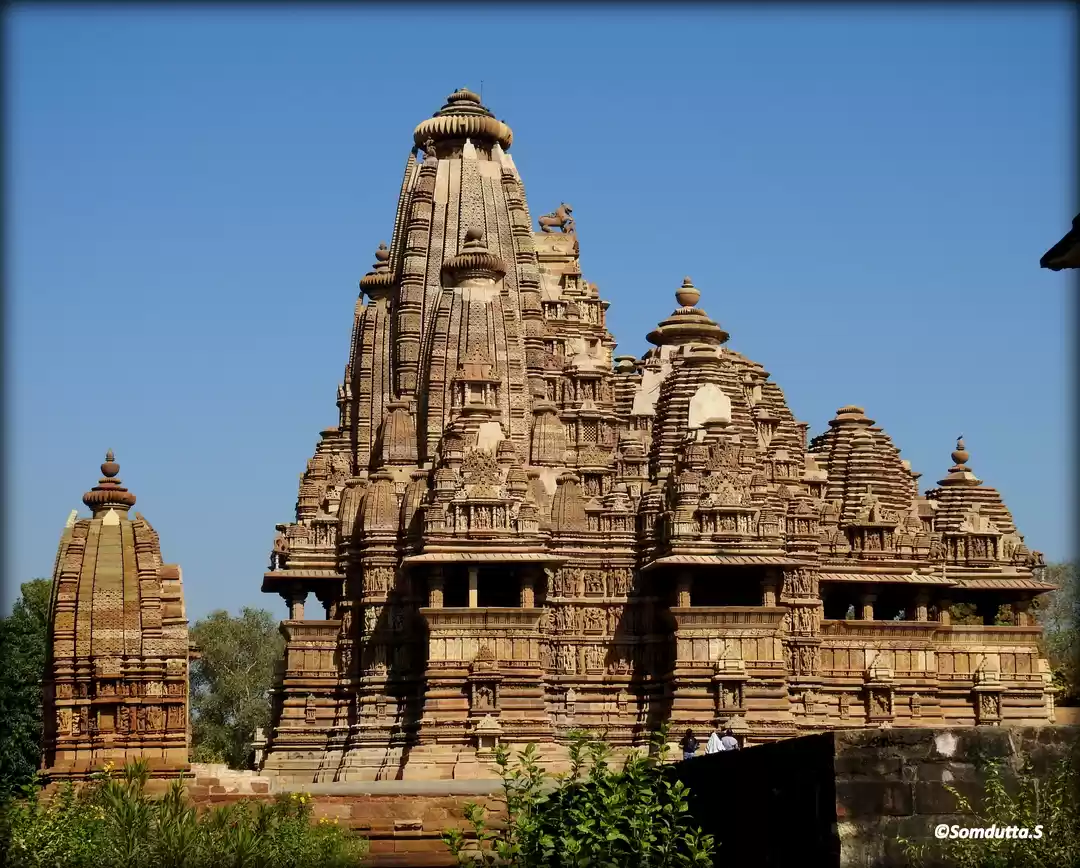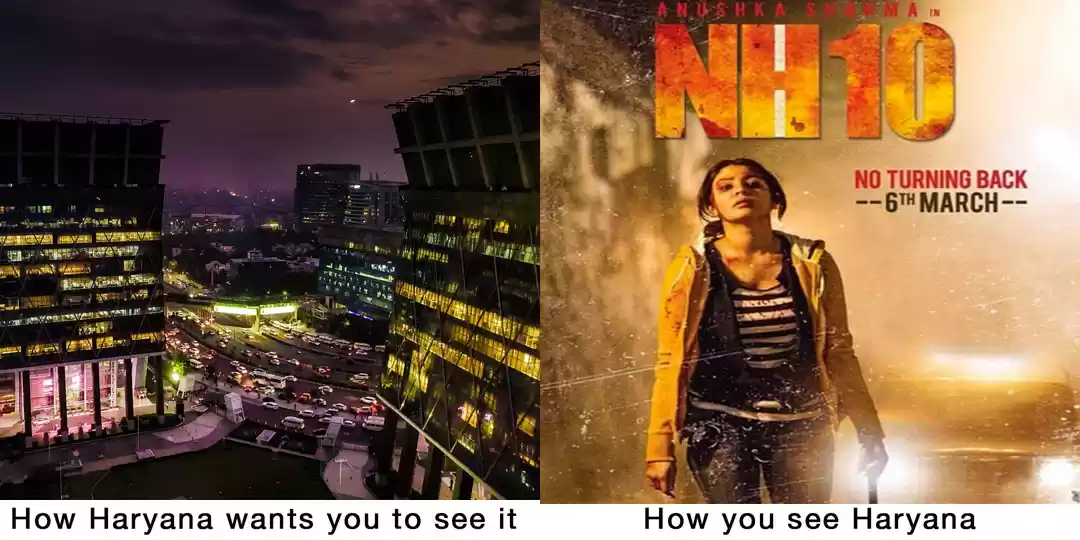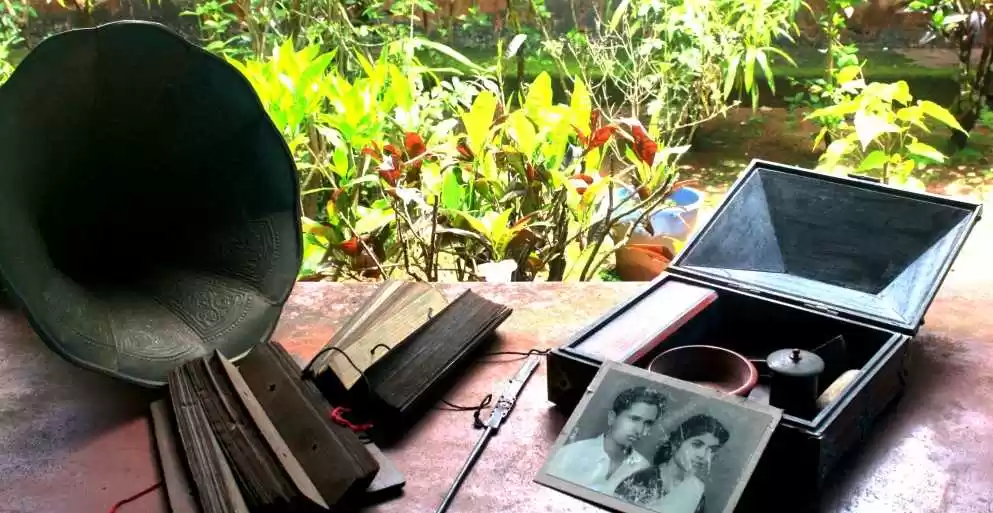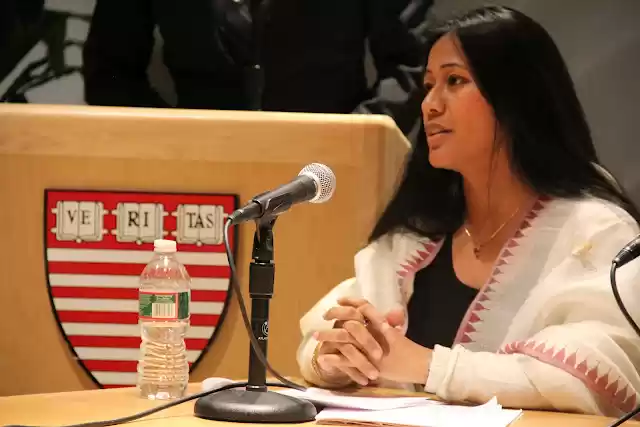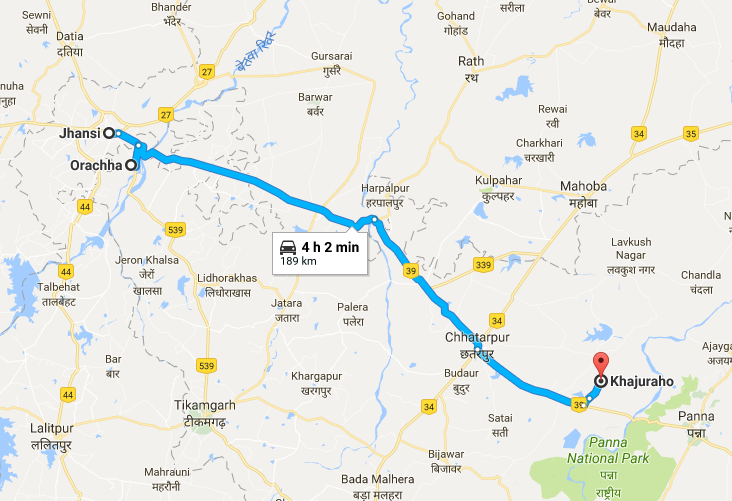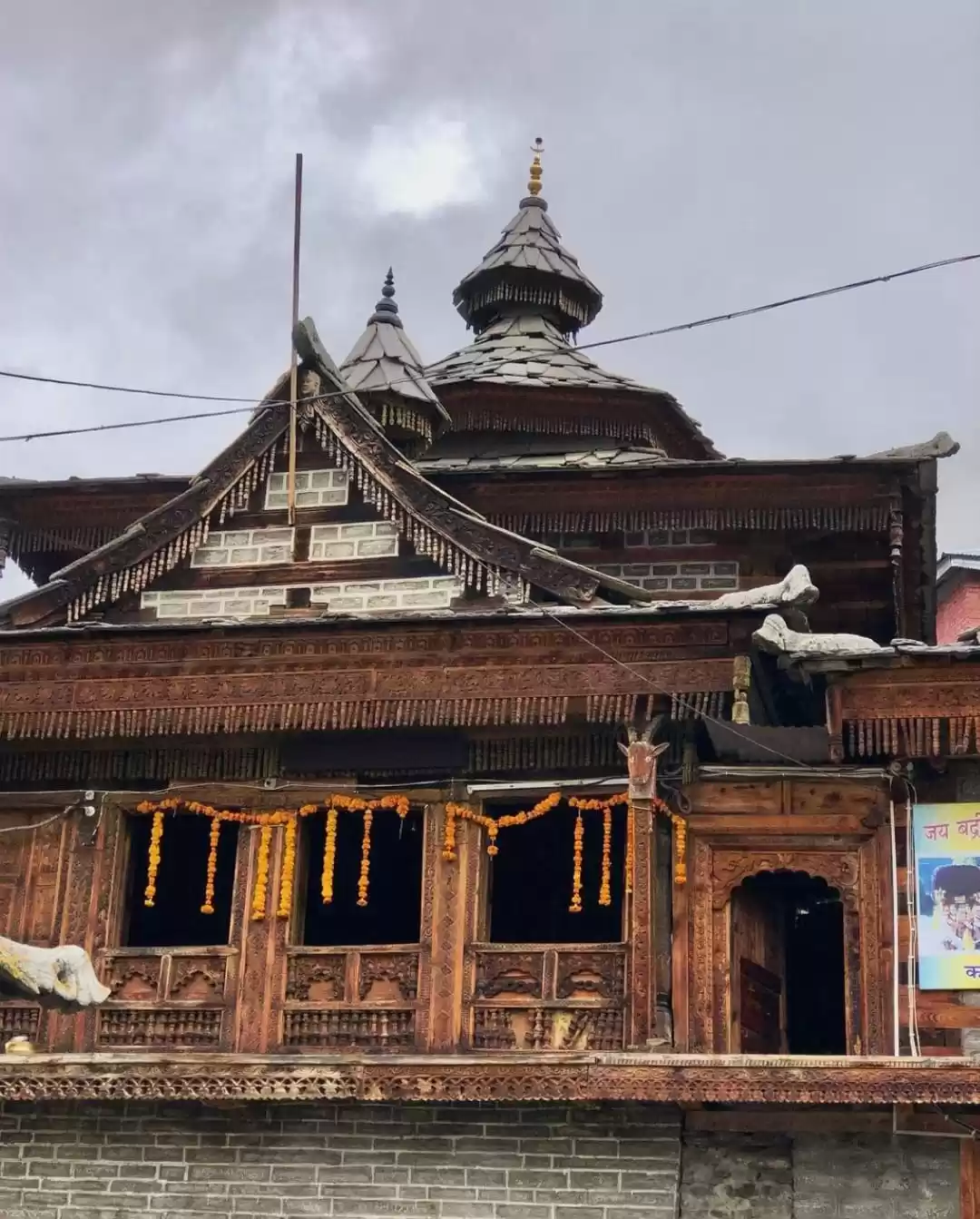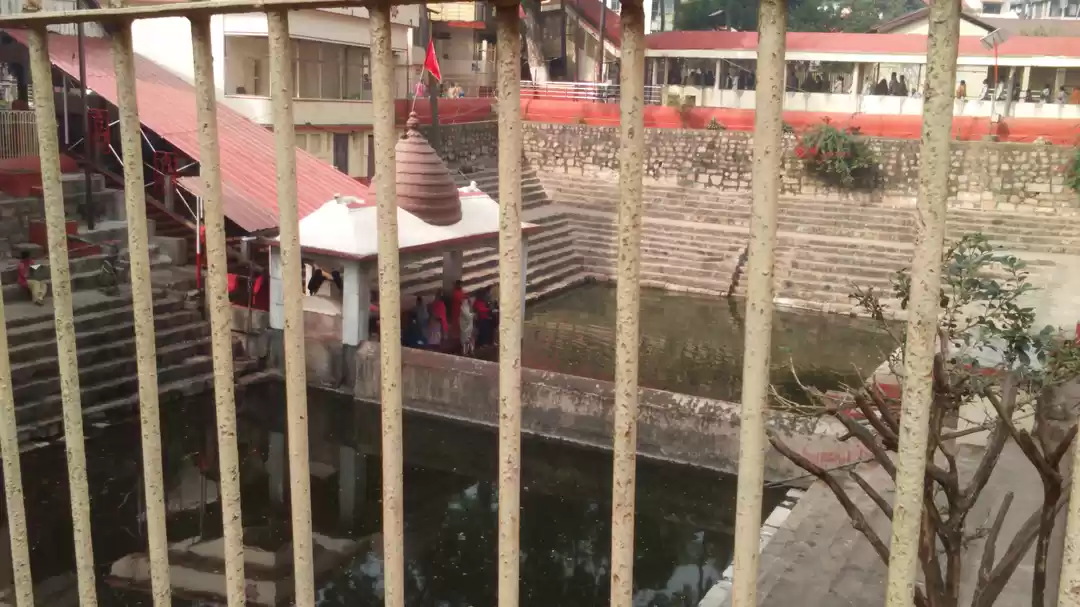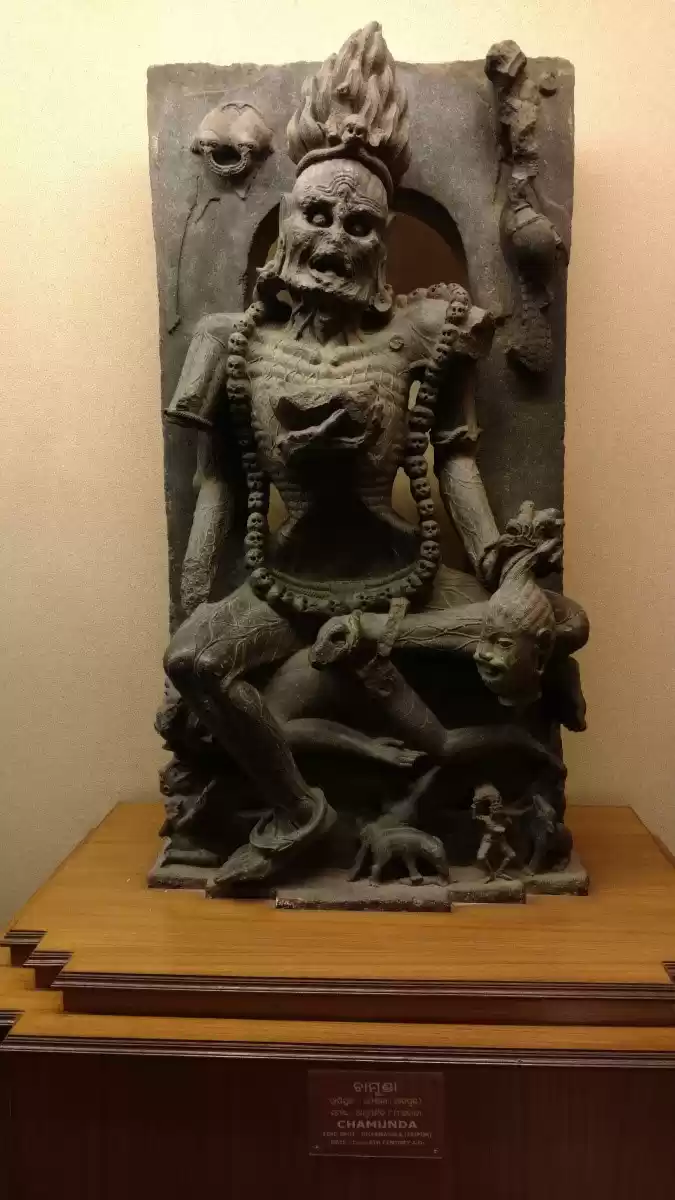
I will trace the history back starting from today to let the Feminists and those aspiring Gender Equality learn from the Maestros themselves.
1.
All the North-Easterns States of India symbolise and Eco-Feminist locale, where the nature still remains unexploited and unexplored. Along with all the picturesque scenery to mesmerize you, North-East stands as the living and thriving proof of Matriarchal influence.
Shillong (as I visited this place and experienced the anthropological setup first handedly here) is a Feminist's Paradise.
There the matriarchal setup unfolds itself in every household with men staying at home and taking care of domesticity and children while women are running Shops, Cafes and restaurants. There women are the financial and family head and men dread before turning into drunkards as their survival reins in the hands of the Ladies of the family. The matrilineal setup ensures that birth of a daughter is celebrated and property is bound to go to the youngest daughter of the family.
Where as a woman you feel that air carries freedom along with oxygen and you feel warm and healthier even in the minus temperatures..
Where just by being there on New Year you feel New Year's resolution is complete.
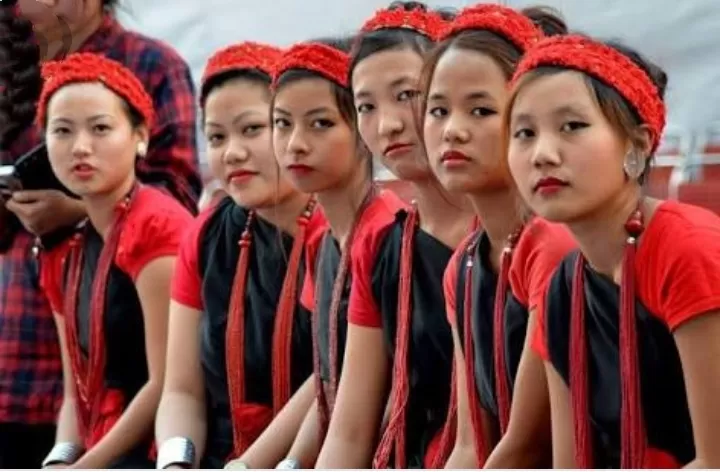
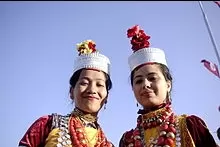
2.
The Next stop will be the Kamakhya Temple where those very genitals of Goddess Sati are worshipped and prayed upon, for strength, power and fertility, which have been used as a slang for weakness. While patriarchal culture is closing doors of the temples in the face of menstruating women, Kamakhya Temple celebrates the annual and monthly menstrual cycle of the Goddess.I could not think of a better example of irony face-palming the patriarchal culture.
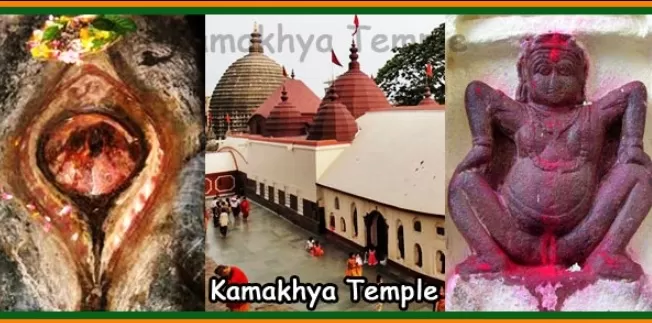
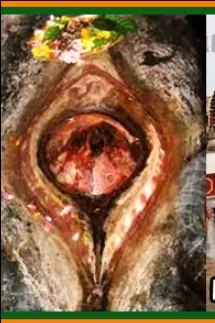
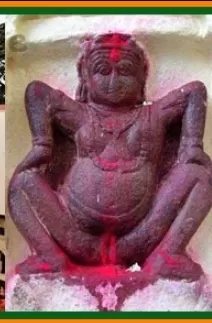
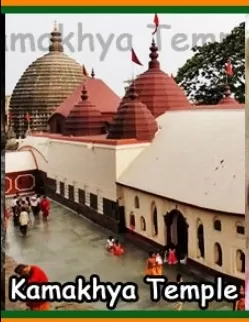
3.
Moving further into the heart of Indian subcontinent, we have 64 Yogini Temple in Jabalpur, Madhyapradesh, that sings of the various incarnations of Goddess Durga each of whom is responsible for the annihilation of evil demons and their clans. The Temple takes its seat on the hill top and the 150 steps to it make reaching this Temple a literal uphill task. The Temple shares resemblance with the Khajuraho group of monuments and provides the spectacular view of agile Narmada river which with it's swift action is in complete harmony with the nature of the Goddess. The famous Marble Rocks of Bhedaghat are also nearby making this place a complete package of tourist attractions.
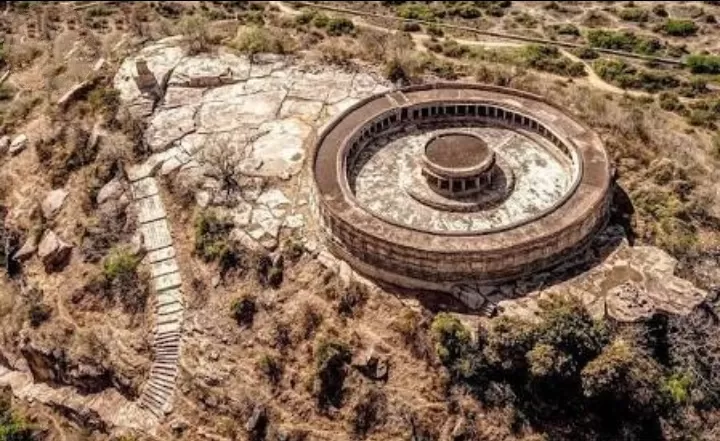
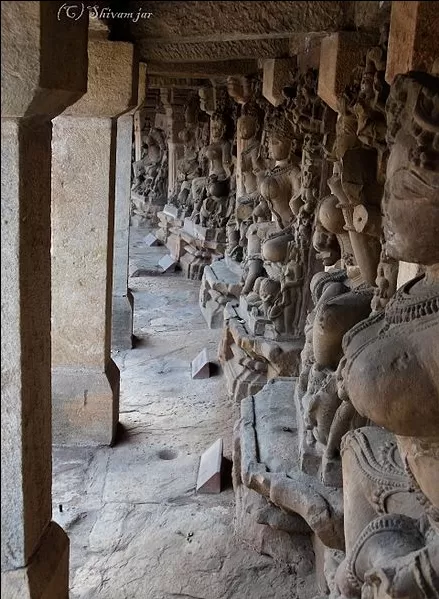
4.
The next of a Matriarchal reign would definitely be Delhi where India's first Lady Sultan or Sultana had etched her mark in history. The Qutub Complex acknowledges this fact and boasts of her moves for Women Empowerment.
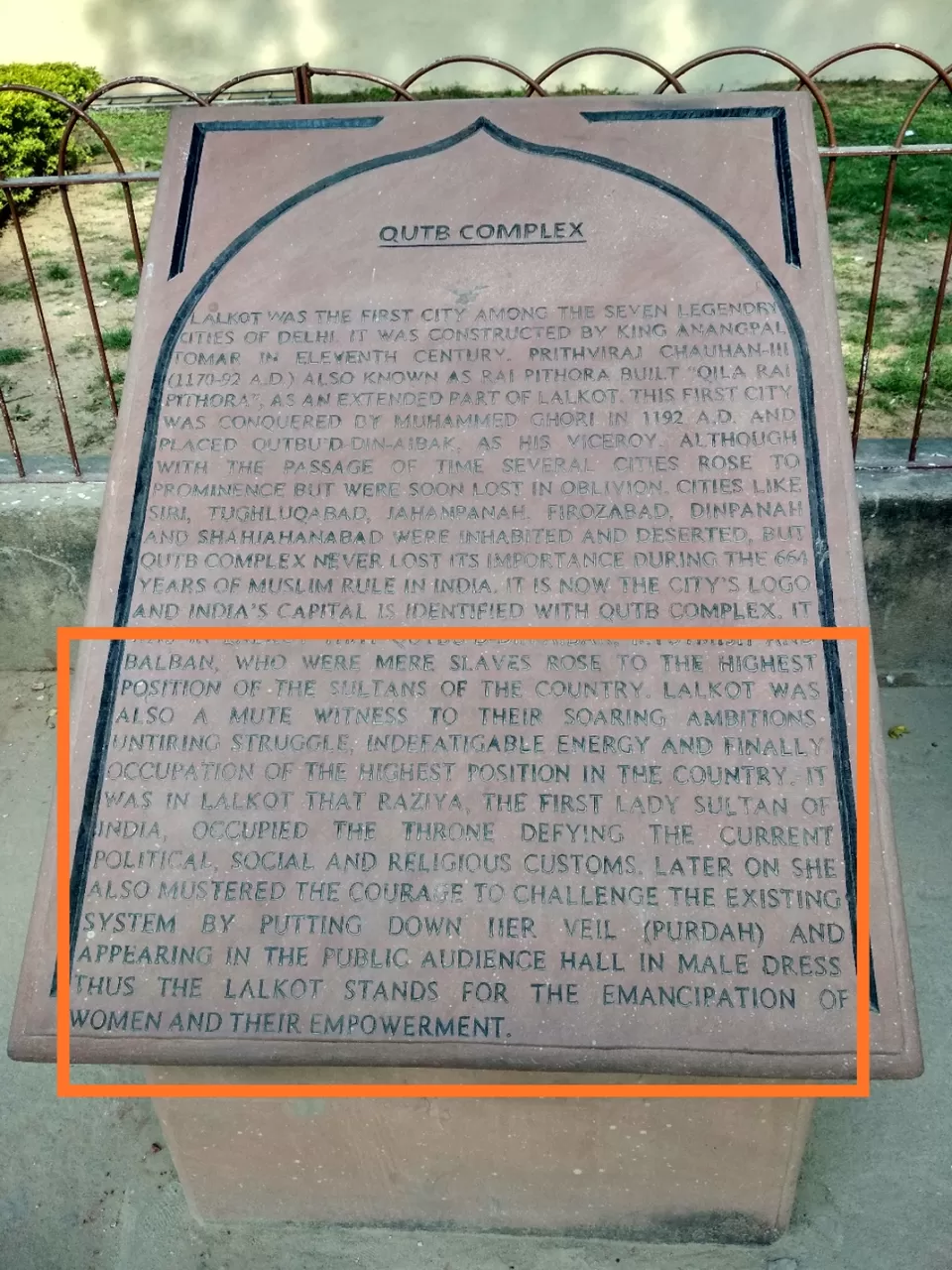
5.
The next addition to India's Feminist Legacy is definitely provided by Rani Laxmi Bai of Jhansi who even forced her enemies and ever proud British Forces to admit her valour and ferocity. During the uprising of 1857 and amidst all her male counterparts, she was the only one documented in the British files as a difficult force to reckon with. To feel related to her legacy, there are two stops in Uttar Pradesh:
(I) Assi Ghat, Kashi, Varanasi, where she was born.
(II) Jhansi that saw the rise and glory of the immortal Queen of Jhansi.
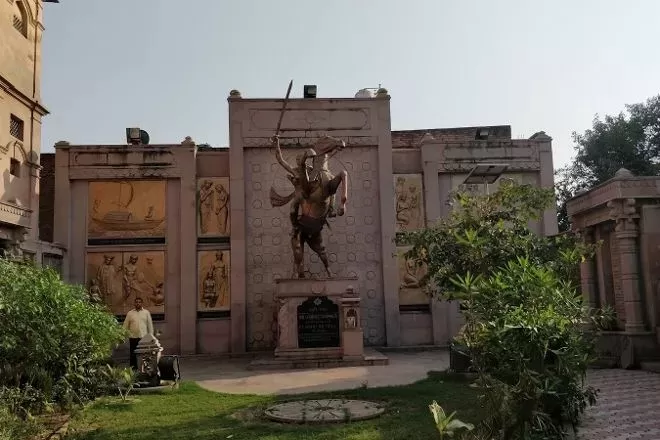
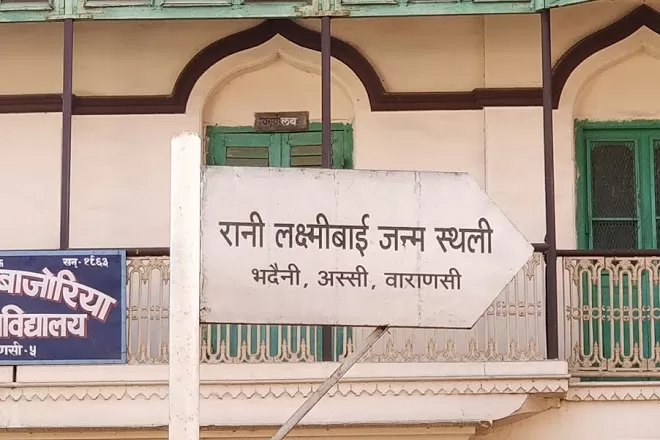
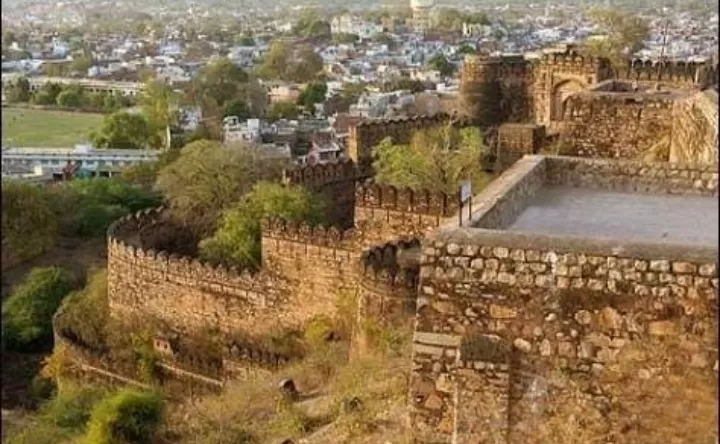
7. The seventh site in history trace it's way back to the first of Human Civilizations that were found on the banks of Indus River. A recent study of the DNA patterns has pointed out that Indus Valley Civilization had a matrilineal society. The closest relatives to the Indus culture was found in Dravidian society which was again Matriarchal. The South India till date follows certain progressive celebrations like the celebration of a young girls menarche and the Nair community stands together with its Matriarchal society. The ruins of Indus Valley Civilization have been excavated from Jammu and Kashmir, Punjab, Haryana, Rajasthan and Gujrat (now you know the inspiration behind Sanjay Leela Bhansali's Matriarchal family in Ram Leela perhaps).
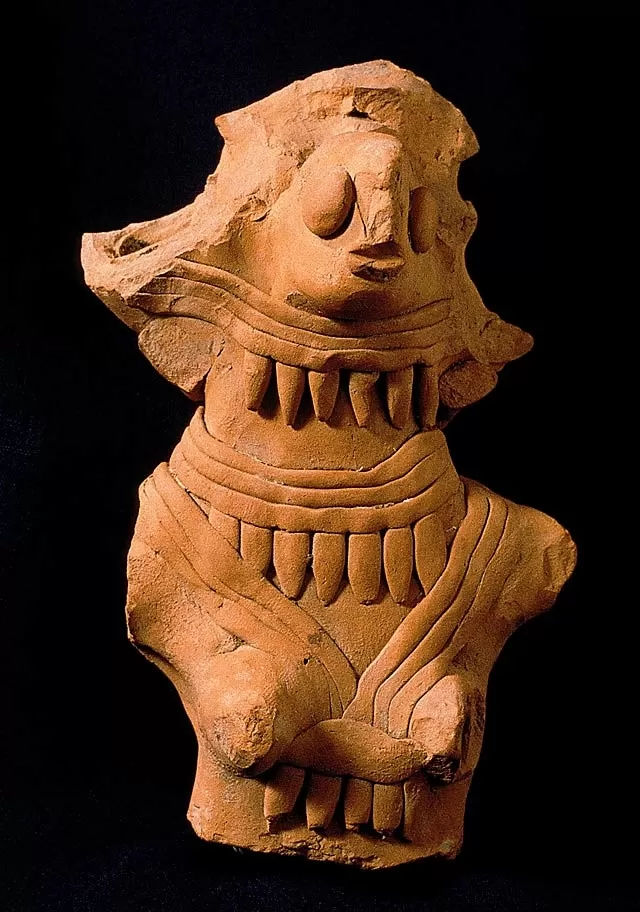
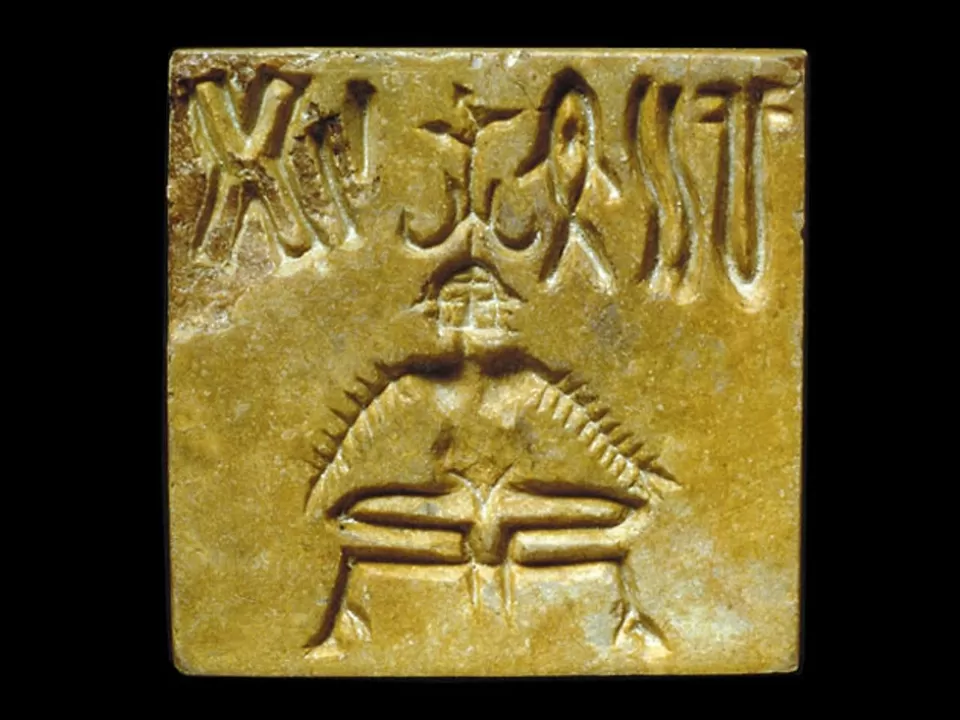
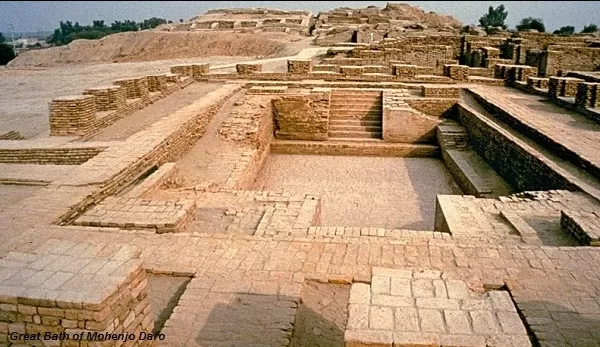
#Bespectacled_adventurer
© Nishtha Mishra, 2019
P.S The long lost history of Indian Matrilineal setup craves for recognition and travelling to these can be a real eye opener.















